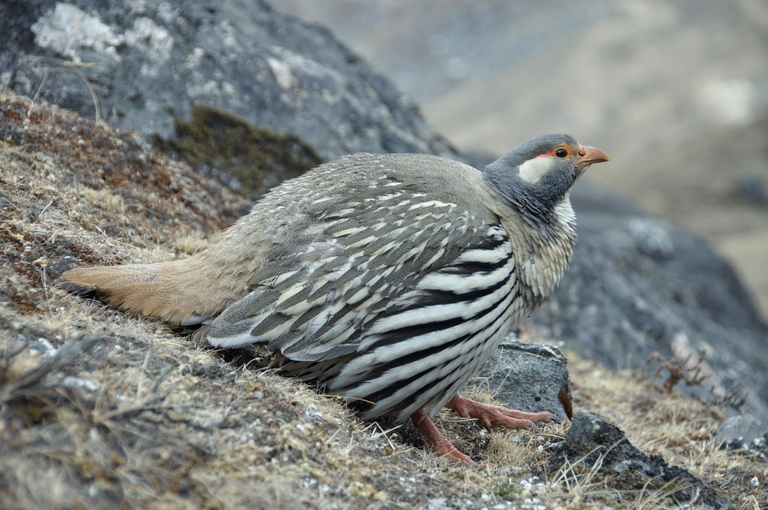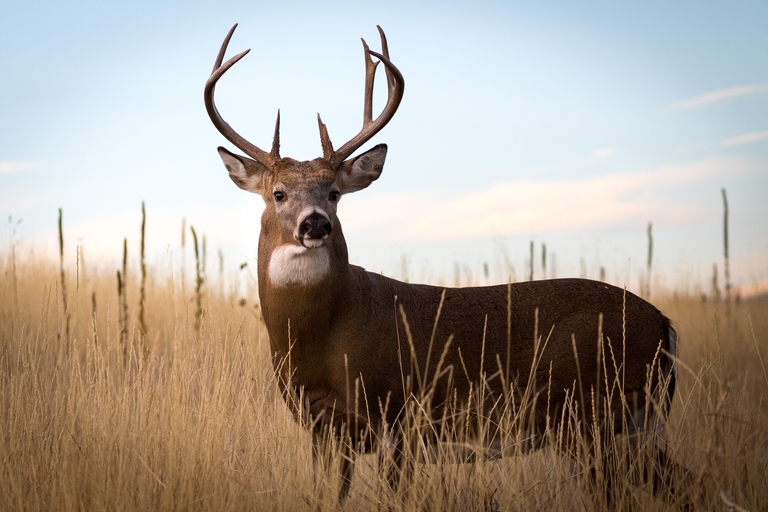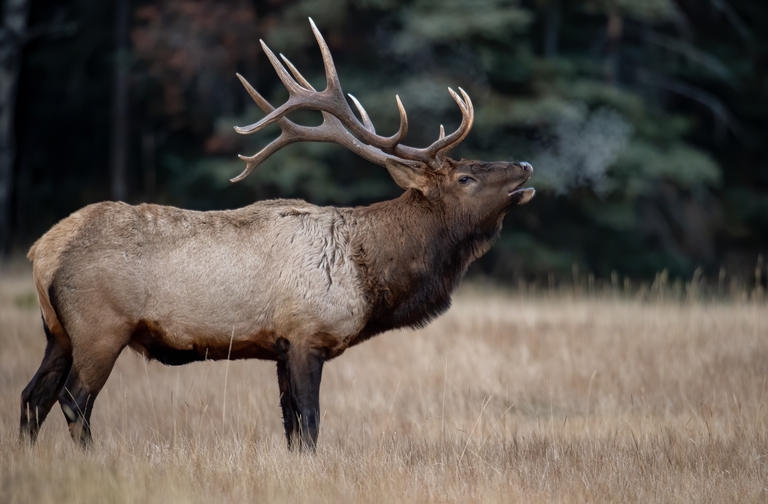The Guide to How to Call in a Turkey in the Spring

Spring turkey hunting requires skill, patience, and finely honed calling techniques. As the breeding season begins, gobblers become more vocal, making turkey calling a core part of the hunt.
Learning how to call in a turkey in the spring is the first thing a new turkey hunter needs to tackle, so let's get to it.

Why Spring Turkey Hunting is Different
Three things stand out when we examine the main differences between fall and spring turkey hunting tactics.
1. The Breeding Season Advantage
Spring is prime breeding time for turkeys, so gobblers are actively searching for hens. They're more receptive to calls since they expect hens to respond to gobbles.
Fall turkey hunts focus more on targeting flocked turkeys, but spring hunts will revolve around mating behavior and dominance.
2. Changes in Turkey Behavior
Spring gobblers are highly vocal at dawn when they leave the roost. As the morning progresses, their responses become less predictable.
Some toms will move aggressively toward calls, while birds called to in the past may remain hesitant. You need to learn each bird as you hunt it.
3. Weather and Environmental Factors
Spring weather can impact turkey behavior significantly. Dry mornings increase gobbling activity, while cold, rainy conditions will usually keep birds quieter and closer to roosting areas.
Adjust your calling strategy to current conditions, and know when to avoid overcalling.

Mastering the Right Calling Techniques
Which calls you're using and when you use them can make or break a hunt. Here are a few tips to help you master when and how to call.
Understanding Different Types of Turkey Calls
Different calls serve different purposes. Each one has a specific use, and knowing when and how to use turkey calls can improve your success.
- Box Calls: Easiest turkey call for beginners, these calls produce loud and clear yelps to call in birds at long range.
- Slate (Pot) Calls: Used to make softer and more realistic tones, these work well as turkeys close in.
- Diaphragm (Mouth) Calls: Hands-free and versatile, these calls allow you to call to birds you see, but they require practice.
- Push-Pull Calls: The simplest call for beginners, they create a natural turkey sound with minimal effort.
It's common practice to carry several of these calls with you into the field for your hunt, so make sure you have a good turkey vest to carry your calls efficiently.
How to Mimic Real Turkey Sounds
Convincing a gobbler that a hen is nearby is no easy feat.
I recommend watching a lot of videos and learning these calls:
- Yelps: The most recognizable call. Yelps signal that a hen is nearby and looking for a gobbler.
- Clucks and Purrs: Soft and subtle, these sounds indicate a content turkey and are great for coaxing a gobbler closer.
- Cutting: A rapid series of excited clucks used to spark interest and get a hesitant gobbler to respond.
- Gobbling: Used sparingly, this can simulate competition and trigger a dominant gobbler to approach.
Gobbling is the one call you have to be careful with. Hunting accidents happen when hunters are in close proximity without knowing it — and gobbling at each other.

How to Call in a Turkey in the Spring
A major mistake beginner hunters make is calling too often or too aggressively. Turkeys expect movement in response to calls, and overcalling can make a gobbler suspicious.
Start with light yelps and purrs spaced far apart, and increase intensity based on the bird's reaction.
Then, putting good technique together with a solid strategy is a surefire path to success. Try the following tips to fine-tune your calling skills.
Know How to Respond to a Gobble
Once a gobbler responds to your call, your next move depends on his behavior. If he gobbles back immediately, he's interested but may expect the hen (you) to come to him.
Patience is key — resist the urge to keep calling. Wait a few minutes to see if he starts moving in your direction.
If he responds but stays in place, try soft clucks and purrs to keep his interest without overcalling. If he stops gobbling altogether, he may be approaching silently.
Stay alert and be ready — many turkeys will sneak in quietly to investigate. You can always rehunt a bird if you haven't overcalled it or given up too early as it moves in silently.
Adjust Your Calls Based on the Time of Day
In the early morning, gobblers are immediately active as they leave the roost, making excited yelps and cutting sequences great for birds you've located on a roost.
Later in the morning, they may slow down. They'll need a softer, more subtle approach.
In the afternoon, minimal calling or occasional purrs and clucks work best. Turkeys don't make much noise between 11 am – 4 pm, so avoid sounding unnatural.
Matching Your Calling to the Terrain
In open fields, louder calls like a box or slate call work well to attract gobblers from a distance. In wooded areas, diaphragm or push-pull calls will avoid spooking turkeys that may already be close.

Use Decoys to Strengthen Your Setup
While calling is crucial, pairing it with strategic decoy placement can make your setup more convincing.
- Single Hen Decoy: Works well in less pressured areas where gobblers are still actively seeking hens.
- Hen and Jake Decoy Pair: Shows a young male who is challenging for dominance, often triggering aggressive gobblers to come in.
- Full Strut Gobbler Decoy: Effective when targeting truly dominant Toms but can intimidate less aggressive birds.
Place decoys 20-30 yards in front of your position, leaving a clear lane for when a gobbler approaches.
However, high-pressure areas usually make decoys a no-go. Try relying on calling alone to avoid making pressured gobblers even more cautious.
Common Calling Mistakes to Avoid
Even experienced hunters can make mistakes when calling turkeys. Here are some key ones to avoid:
- Overcalling: It bears repeating that turkeys expect movement in response to calls. You can't call too frequently without moving.
- Calling Too Loudly: Soft sounds are more natural than loud, aggressive calling.
- Not Knowing When to Stop: If a gobbler is moving toward you, let him come in. Don't call to closing birds.
As you spend more time in the field, you'll learn how and when to call — and when not to call.

Use These Spring Turkey Hunting Tactics for Calling in a Bird
Learning how to call in a turkey in the spring takes patience and practice. You'll increase your chances of success by understanding how mating works, using the right call at the right time, and adjusting to a bird's response.
Before heading out, practice different turkey calls until you are confident. Start by learning to box call, but don't be afraid to experiment with other methods as you level up your calling skills and knowledge.
Of course, in addition to practicing calls, it's crucial to understand how to stay safe when out for a spring turkey hunt. Taking an online hunter safety course from Hunter-Ed helps you learn those essentials, including good hunting ethics and how to keep up with local regulations. Plus, completing the course and passing the final exam count toward your state's hunter education requirements!
Make sure you're ready for a successful spring turkey hunt!
Choose the Hunter-Ed course for your state and get your hunter education certification.






